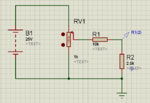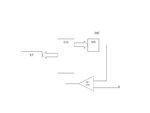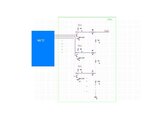aameer
Full Member level 4

Hello friends,
I want to display the voltages between 0-25v Dc on 2x16 LCD.. if i know how to convert 25v into 5v..i can make use of ADC with 8051 / PIC micro controllers . But i am not getting how to convert this 25v into 5v..........
Thanks in Advance
Waiting for quick Response
Aameer
I want to display the voltages between 0-25v Dc on 2x16 LCD.. if i know how to convert 25v into 5v..i can make use of ADC with 8051 / PIC micro controllers . But i am not getting how to convert this 25v into 5v..........
Thanks in Advance
Waiting for quick Response
Aameer




